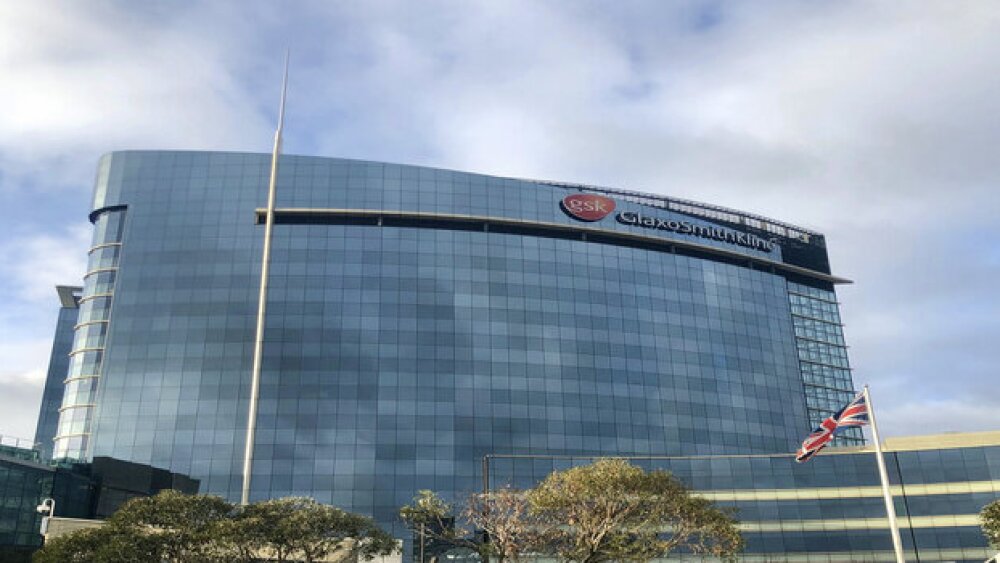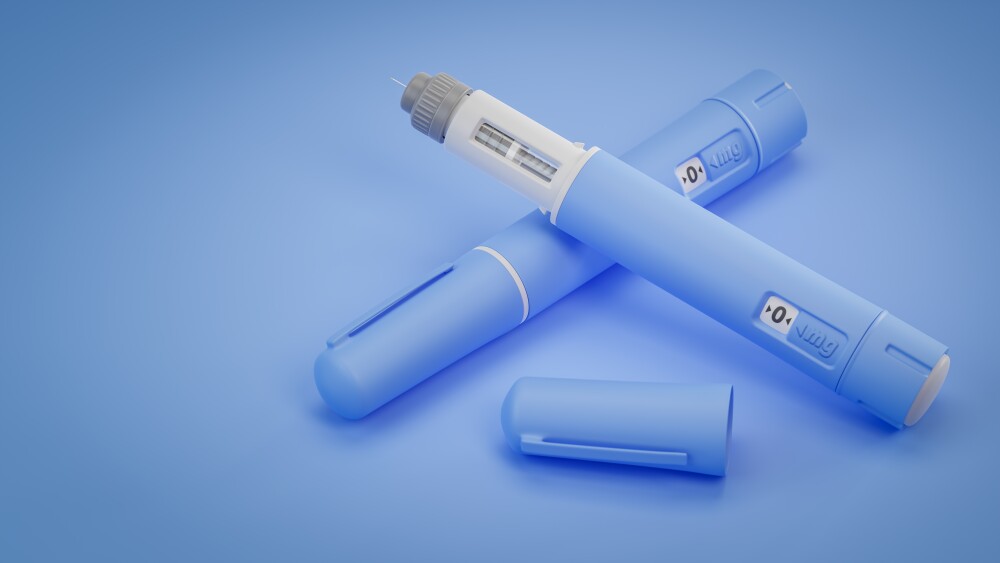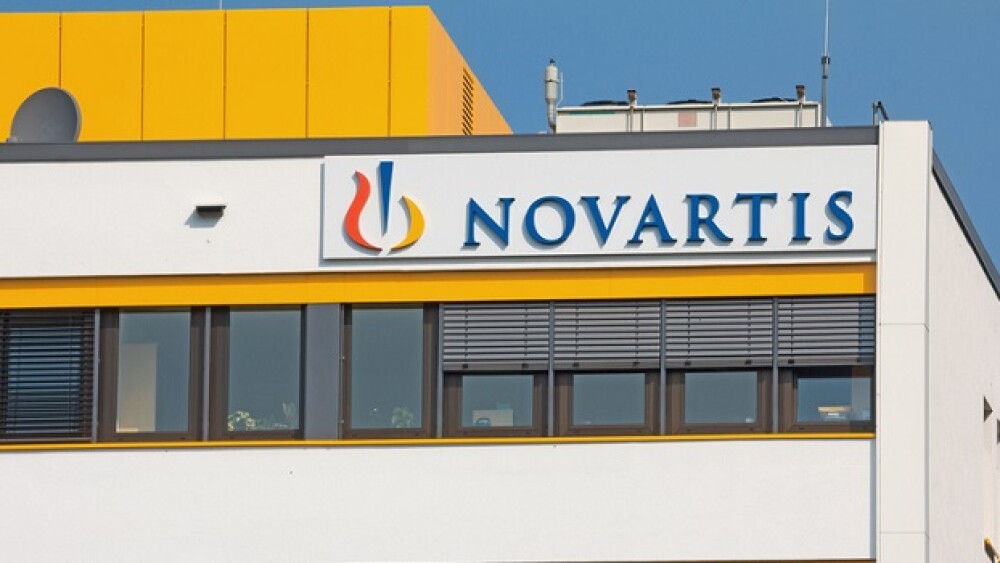The use of metabolomic constellations instead of individual biomarkers is becoming more and more the focus of in-vitro diagnostics in order to provide information to the treating physicians for diagnostic questions which have not yet been clarified.
The use of metabolomic constellations instead of individual biomarkers is becoming more and more the focus of in-vitro diagnostics in order to provide information to the treating physicians for diagnostic questions which have not yet been clarified. Regensburger numares AG works with the physical measurement method of nuclear magnetic resonance spectroscopy and uses machine learning tools (artificial intelligence) to develop innovative diagnostic tests. The aim is to identify metabolic interrelations that are specific to a disease. The first test based on this technology, introduced by numares, is used for the early detection of renal rejection after transplantation (renalTX-SCORE). The company is currently working on a variety of further tests. Particular importance is attached to a possible use in neurodegenerative diseases whose diagnosis is complex and complex. A test currently developed by numares together with the Oxford University could contribute significantly to the improved diagnosis of various stages of multiple sclerosis.
Multiple sclerosis (MS) is a chronic inflammatory disease of the central nervous system. The causes of the “disease of the 1000 faces” are not entirely clear. Particularly affected are young adults, especially women between 20 and 40 years. MS symptoms often do not appear for a long time and the course of the disease is also very different.
In order to identify the diagnosis more clearly and to identify the necessity of a therapy change much earlier than before, numares and the University of Oxford are working on an in vitro diagnostic (IVD) test. So far, the transition from relapsed, recurrent-remitting MS (RRMS) to secondary progressive MS (SPMS) can only be determined afterwards. A diagnostic test that recognizes this change early on the basis of metabolomic biomarker constellations would allow a much earlier adaptation of the therapy. Collaboration with numares was achieved because research results from the University of Oxford showed that MS patients can be distinguished at different stages of the disease via metabolomic biomarkers, measured by nuclear magnetic resonance spectroscopy (NMR).
If biomarkers are identified in a conventional way, only a few potential candidates are usually examined for their significance for the respective diagnostic question. As a rule, this is time-intensive and expensive, since the investigations are typically carried out experimentally. However, in order to find metabolomic constellations (disease-specific metabolic connections), many metabolites must be measured. This is a major advantage of the NMR, which allows a very precise determination of approximately 400 carcinogenic metabolites in one measurement. Mathematically, this results in about eight billion possible metabolite constellations - and transfer to the previous approach thus eight billion potential biomarkers. Here the right candidates to identify is experimental
not possible anymore; the artificial intelligence (AI) algorithms are replaced by the algorithms: The prototype - in this case the software - learns which of the eight billion metabolite constellations are meaningful and evaluates the results found according to various criteria. At the end of this process, typically no more than a dozen metabolomic constellations are selected by algorithmic intelligence from artificial intelligence. The selection of the final candidate is then carried out in a completely classical manner, which also ensures that all regulatory requirements for a medical device are met.
In order to measure, distinguish metabolomic biomarkers by means of nuclear resonance spectroscopy and to use the results for in-vitro diagnostics, a further development of the use of NMR base technology was necessary. With Magnetic Group Signaling® (MGS®), numares has developed a technology to be able to use NMR to answer demanding questions in metabolomics. MGS® encompasses a variety of technical processes, which ensure standardization, automation and qualification essential for the IVD. These prerequisites enable the systematic collection and use of diagnostic information from the metabolism and thus create the prerequisite for the use of AI for the identification of metabolite constellations.
Together, the University of Oxford and numares are now working to convert the diagnostic potential of this NMR technology approach into a commercially available IVD test. Only through the assurance of the high information quality, by means of MGS® in the NMR, as well as by the successful use of AI, can disease pictures be associated with metabolic connections for diagnostic purposes. The research results from Oxford can thus be used for the development of an IVD test that identifies patients with advanced MS and supports the adaptation of the therapy.
Background to numares:
The test systems already available under the brand name AXINON® from numares AG allow the analysis of metabolites and lipoproteins based on body fluids. They enable physicians and clinical staff in clinical routine and medical research to quickly acquire valuable data on disease origins, severity, and severity, as well as for diagnosis, therapeutic decisions, and patient management.
The combination of easy handling, fully automatic processing and seamless integration into existing laboratory procedures make the AXINON® test system from numares a valuable partner in clinical laboratories and in Lifescience research.
Interview Questions:
1. In the development of your test systems, you strongly rely on Artificial Intelligence and Machine Learning. How can these software-based technologies help specifically in the development of an IVD test for multiple sclerosis?
Answer: In my experience, the identification of suitable biomarkers is a central topic in IVD development. We use NMR technology in conjunction with our Magnetic Group-Signaling® (MGS®) technology developed by us. This allows several hundred metabolites to be measured simultaneously. Many other procedures, unlike us, focus on a few marker candidates. It is obvious that by our procedure markers, more precisely metabolomic constellations, can be found, which would have remained undetected with classical chemical methods. It should be possible to develop tests that were not possible until now. The question of how to select and combine suitable biomarkers in order to achieve optimal results is answered by artificial intelligence. Using AI, all conceivable combinations are systematically analyzed, because the advantage of the large number of marker candidates, also leads to the question of how to extract the right ones. On closer inspection this is an impressively complex question, which we deal with the highly developed mathematical methods of the AI.
By the way, our algorithm and software-based approach to a different central theme of IVD development is high-voltage: industrialization: classical diagnostics are reagents, the production of which can be very complex. With us, the production consists of copying and distributing software, which can be realized cost-saving.
2. Why do you rely on nuclear magnetic resonance spectroscopy (NMR) for the representation / tracking of pathological processes in the body of patients?
Answer: A major advantage of NMR is the precision of this technology. When you combine markers, imprecisions can be accumulated unfavorably, so that a result becomes potentially useless. A precise technology is necessary - that is the NMR! What is often missing in the diagnostic application of NMR is the possibility of measuring a large number of samples. Thanks to the Magnetic Group Signaling® (MGS®) technology, nuclear magnetic resonance spectroscopy (NMR) can be used for high-standardized and rapid tests and can be used for routine diagnostic purposes.
3. In which areas / indicative areas do you see further potential for using Metabolomics in human health diagnostics?
Answer: This is certainly a wide field! Tumor diagnostics and tagging, therapy monitoring, organ function measurements are just some of many exciting options. In these areas, Metabolomics has the potential to deliver real value for our healthcare. I do not believe that today it can already be stated where the limits of Metabolomics lie in diagnostics and I am very curious about what the future will bring us!




